Language: English | Size: 7.65 GB | Duration: 15h 58m
Top Notch ANSYS Workbench Training with the Application of Verified Real World Problems
What you’ll learn
In-detailed explanation of DesignModeler & ANSYS Meshing
In-detailed five examples of real-life applications using ANSYS Mechanical & ANSYS FLUENT
ANSYS Workbench
Parametric Analysis
Basic simulation and CFD fundamentals
Basics of schematic diagrams infographic designing and representation for scientific targets using Adobe Illustrator and PowerPoint.
Exporting results files in a high quality and proper formats as recommended by the scientific research journals.
How to save ANSYS project with different formats
Requirements
Basic background in heat transfer, fluid mechanics, and strength of materials
Description
Welcome to our ANSYS professional course!
We are glad to present this comprehensive course that contains at the beginning number of crucial fundamentals and basics related to the big idea of simulation and CFD in a simple and interesting way.
After that, a detailed explanation of DesignModeler is presented with a high quality and organized content and examples with a step by step illustration.
The next section is the ANSYS Meshing that has been divided into several videos with a well-organized flow of ideas in order to simplify the meshing process and generate high-quality structured hexa mesh. Also, the theory related to meshing is summarized in animated presentations. In addition, 3 special tools have been programmed for the purpose of meshing optimization.
After meshing, 5 real-world application examples, with a special experimentally validated example that simulates the solar load, are solved using ANSYS Mechanical Thermal, ANSYS Mechanical Structural, and ANSYS FLUENT. Also, the parametric analysis has been used in one of the examples. Through those examples, you can see the powerful tools of ANSYS Workbench and the different results we can get. The results of the first four examples have been verified by comparing them to analytical calculations and empirical correlations. The last example is validated with the experimentally measured data for a box solar cooker using both solar load methods (i.e. experimental inputs and solar calculator).
Throughout the course, multiple practice activities are continuously added to help the student mastering the key ideas of each section of the course.
Who this course is for:
Engineering and science students who are interested in modeling of physical phenomena using ANSYS

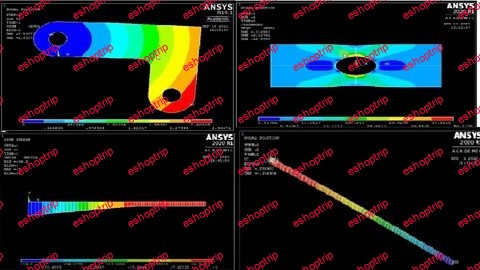
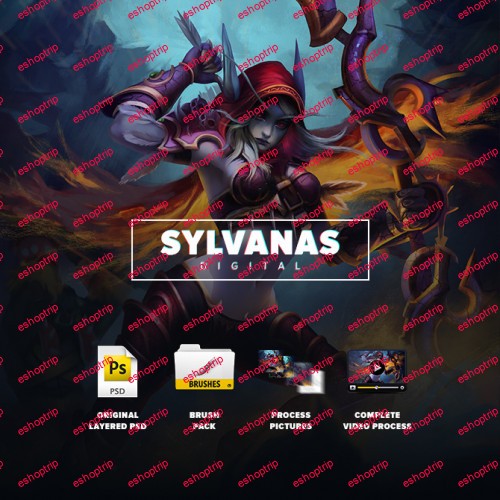

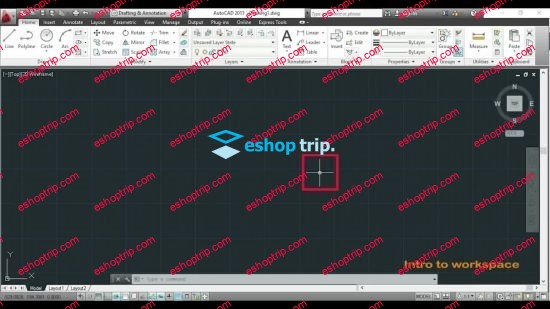



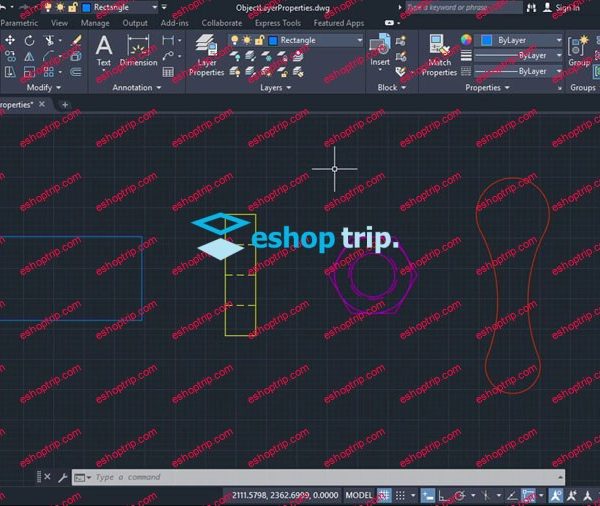
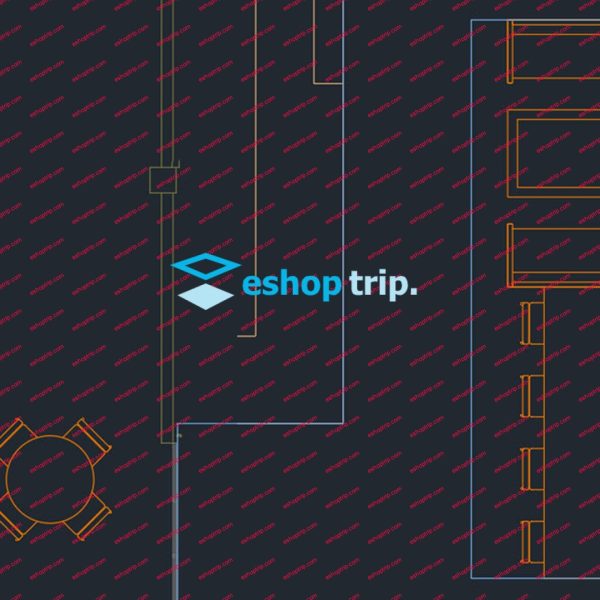

Reviews
There are no reviews yet.